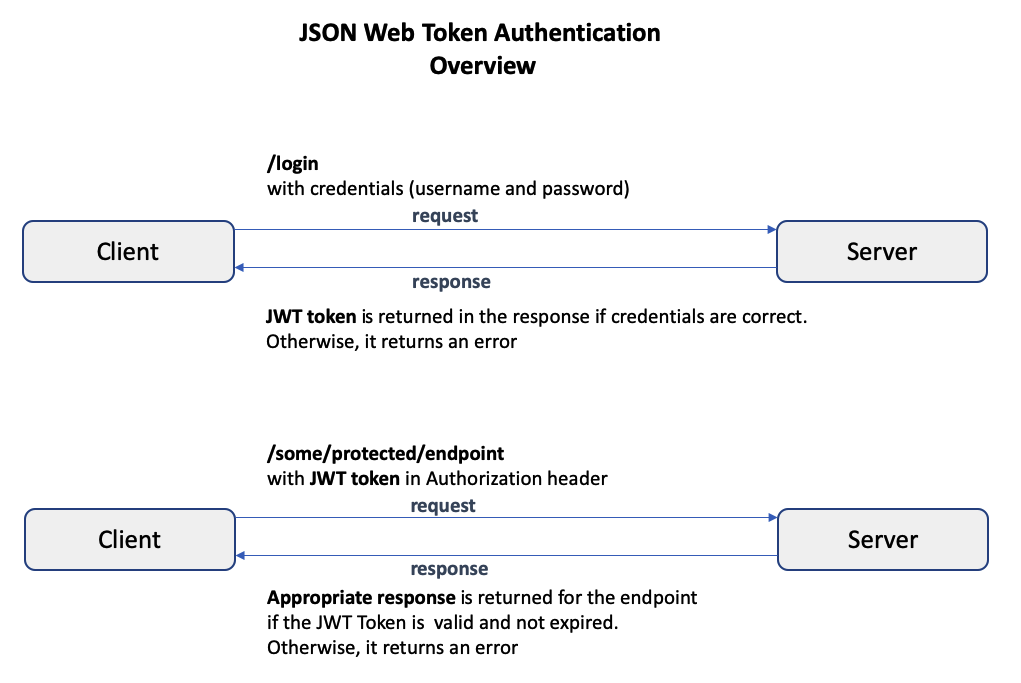
As the only data transferred is a URL-safe string, it is compatible with most network protocols.

It’s easy to implement, with many existing libraries in multiple languages.It is an open standard, described in IETF RFC 7519.Internet technologies are increasing their use of JWT for the following reasons: Signature: the cryptographic signature of the header and the payload, created using a well-known private key or secret and the algorithm defined in the header.There is a reserved set of claims (for example, sub, aud and iss) but the standard allows user-defined claims. Payload: contains one or more claims, which store the information in the token.For example, the algorithm used in the signature or the format of the payload. Header: contains information about the token.Pc3MiOiJXb3JsZCJ9.RE8d5ZGqC4t5KGif86oZ3K_iXy0A01W76dL1vsZgteMĮach token consists of the following three dot-separated sections: Each JWT is cryptographically signed so that the receiving party can validate the integrity and validity of the claims.Ĭopy to Clipboard eyJhbGciOiJIUzI1NiIsInR5cCI6IkpXVCJ9.eyJzdWIiOiJIZWxsbyEiLCJ

What is a JWT?Ī JWT is a compact and URL-safe token that contains a payload, consisting of one or more claims. This blog post also outlines the architecture of fast-jwt, which includes caching and asynchronous support.

Using flamegraphs, we compared fast-jwt on a sample Fastify server with the existing jsonwebtoken implementation. We created a new plugin, fast-jwt, to demonstrate and measure the Node.js performance improvements. Keep reading to discover how we improved the performance of JSON Web Tokens (JWT), one of the most common authentication systems, in Node.js. High performance and availability must be maintained without compromising the security of the system. Every day, individuals around the world use and send personal and sensitive information to an increasing number of remote services and every day, those services receive an increasing volume of traffic.Įach operation, even the smallest one, counts towards the performance and availability of a service.


 0 kommentar(er)
0 kommentar(er)
